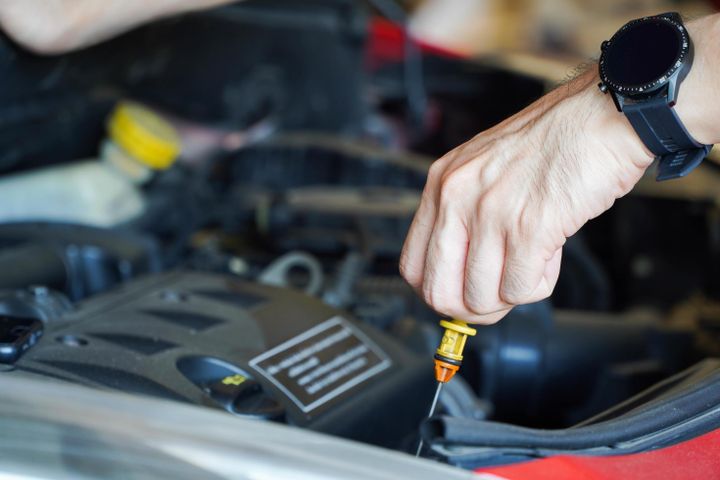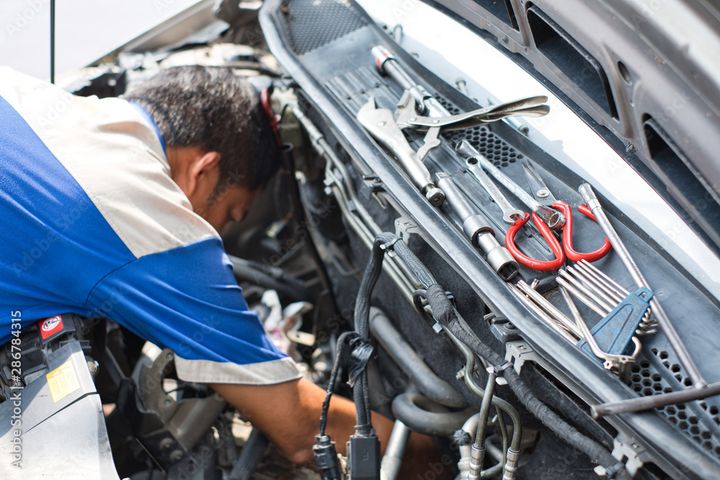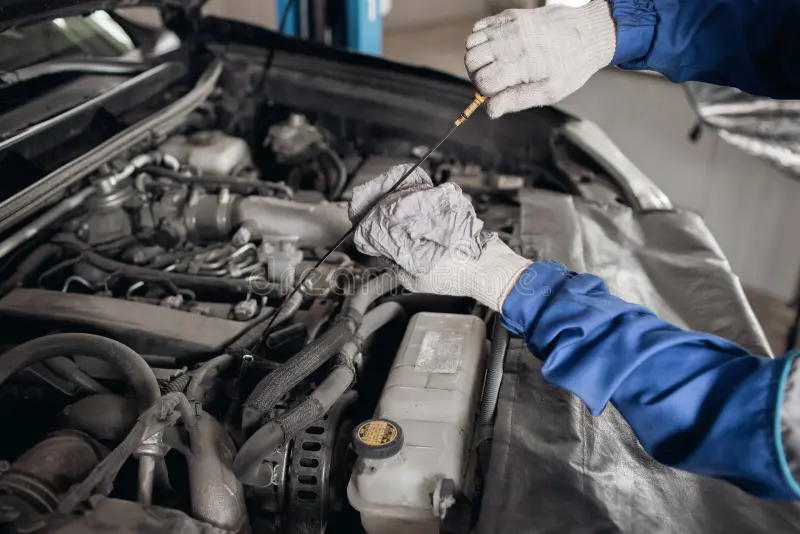


Engines can become locked or seized due to various reasons, such as lack of lubrication, rust buildup, or prolonged inactivity. A seized engine can be a frustrating and potentially costly issue, but in some cases, it may be possible to unlock and revive the engine without the need for a complete overhaul or replacement. This outline will provide a step-by-step guide on how to approach and potentially unlock a seized engine.

Before we dive into the unlocking process, it's essential to understand what causes an engine to seize up in the first place. The most common causes are listed in the table below:
| Cause | Description |
|---|---|
| Lack of Lubrication | Infrequent oil changes or low oil levels lead to increased friction between moving parts, causing seizure. |
| Rust Buildup | Long periods of inactivity allow moisture to enter the cylinders, causing the pistons to rust and seize to the cylinder walls. |
| Hydrolocked Engine | Water gets into the cylinders, preventing the pistons from moving. |
| Vapor Lock | Fuel vaporizes in the lines instead of remaining liquid, starving the engine of fuel. |
When faced with a locked engine, the first step is to perform a thorough inspection and diagnosis. Here's what you should do:
Try turning the crankshaft with a breaker bar. If it doesn't turn, the engine is likely seized.
Remove the spark plugs and inspect the cylinder walls with a borescope for rust or damage.
Check for signs of water intrusion or hydrolocking.
Diagnose vapor lock by inspecting the fuel lines and pump for excessive heat.
Once the cause of the locked engine has been identified, it's time to roll up our sleeves and get to work. The repair procedures vary depending on the root cause:

Remove the cylinder head(s) to access the pistons.
Disassemble components like rockers and pushrods to reduce friction.
Apply penetrating oil liberally and let it soak for days if needed.
Gently rock the engine back and forth to slowly free the pistons.
Rebuild or replace damaged components like pistons, rings, cylinder walls.
Remove spark plugs and crank the engine to expel water.
Inspect for damaged components and replace as needed.
Allow the fuel system to cool and condense vapors back to liquid.
Replace any overheated fuel pump or lines.
Prevention is always better than cure. Follow these tips to avoid a locked engine:
Follow recommended service intervals for oil changes.
Use quality oils and keep levels topped up.
Avoid running the engine low on oil or overheating it.
For storage, add a fuel stabilizer and fogging oil to prevent moisture.
The costs of unlocking and repairing a seized engine can vary significantly based on the extent of damage and repairs needed. Here's a rough estimate:
| Repair | Cost Range |
|---|---|
| Minor Repairs (e.g., fuel pump replacement) | A few hundred dollars |
| Engine Overhaul | Thousands of dollars for parts and labor |
| Engine Replacement | Thousands of dollars for parts and labor |
It's essential to weigh the cost of repairs against the value of your vehicle and make an informed decision about whether it's worth investing in the repairs or if it's time to consider a replacement.
Unlocking a seized engine is no easy feat, but with the right knowledge, tools, and perseverance, it's certainly achievable. As a mechanic, I've witnessed countless engines brought back to life after being unlocked and repaired.
Remember, prevention is always better than cure. By following proper maintenance schedules and taking proactive measures, you can significantly reduce the risk of your engine seizing up in the first place.
If you ever find yourself in a situation where your engine is locked, don't hesitate to seek professional assistance. A skilled mechanic can guide you through the process and ensure that your vehicle is repaired safely and efficiently.
Happy motoring, my friends, and may your engines always run smoothly!
The most common cause is a lack of proper lubrication due to infrequent oil changes or low oil levels. This leads to increased friction between moving parts, causing them to seize.
Yes, in some cases a seized engine can be repaired by disassembling components, applying penetrating oils, and carefully working to free the stuck parts. However, severe damage may require an engine rebuild or replacement.
Follow the recommended service intervals for oil changes and keep oil levels properly topped up. Also avoid overheating the engine or running it with very low oil levels.
Common tools include a breaker bar, sockets, wrenches, screwdrivers, penetrating oil, and potentially an engine hoist and stand if full disassembly is required.
It can take days or even weeks of repeatedly applying penetrating oil and letting it soak in before a stubborn seized engine will break free. Patience is key.
It depends on the vehicle's overall condition and your personal situation, but generally an engine repair on an older, high mileage vehicle is not worth the potential costs involved.
Yes, if water gets into the cylinders it can hydro-lock the engine, preventing the pistons from moving and potentially causing internal damage that seizes the engine.
Vapor lock occurs when fuel vaporizes in the lines instead of remaining liquid, starving the engine of fuel. This can cause the engine to stall and seize if not corrected.
Remove spark plugs and try rotating the crankshaft with a breaker bar. If it will not turn at all, the engine is likely seized. A borescope can also visually inspect for seizure.
No, sometimes the symptoms start out minor like reduced power, knocking noises, or overheating before the engine completely seizes. Addressing issues early can prevent full seizure.

Sarah isn't your average gearhead. With a double major in Mechanical Engineering and Automotive Technology, she dived straight into the world of car repair. After 15 years of turning wrenches at dealerships and independent shops, Sarah joined MICDOT to share her expertise and passion for making cars run like new. Her in-depth knowledge and knack for explaining complex issues in simple terms make her a valuable asset to our team.












